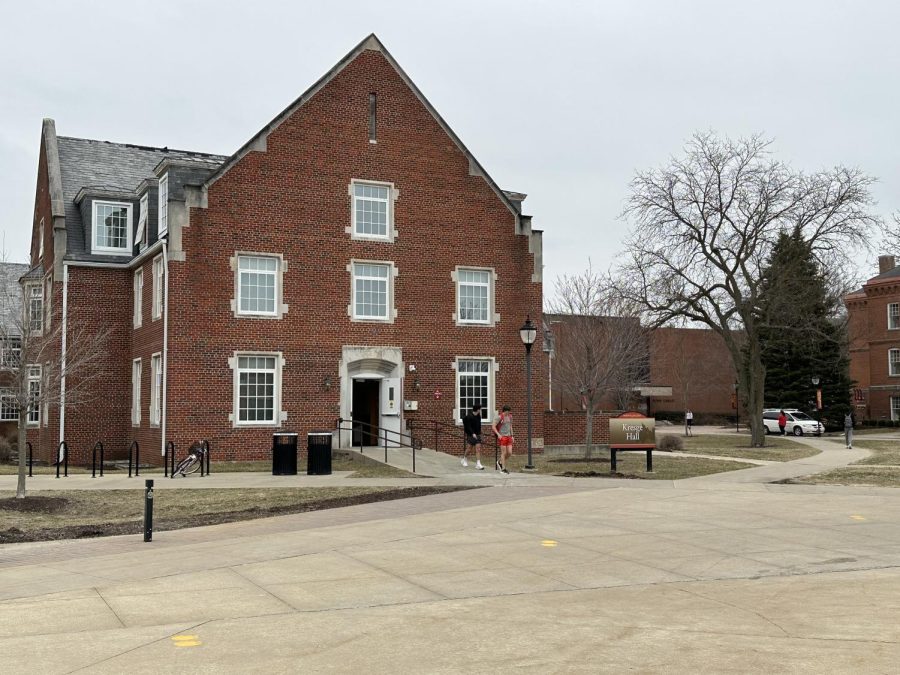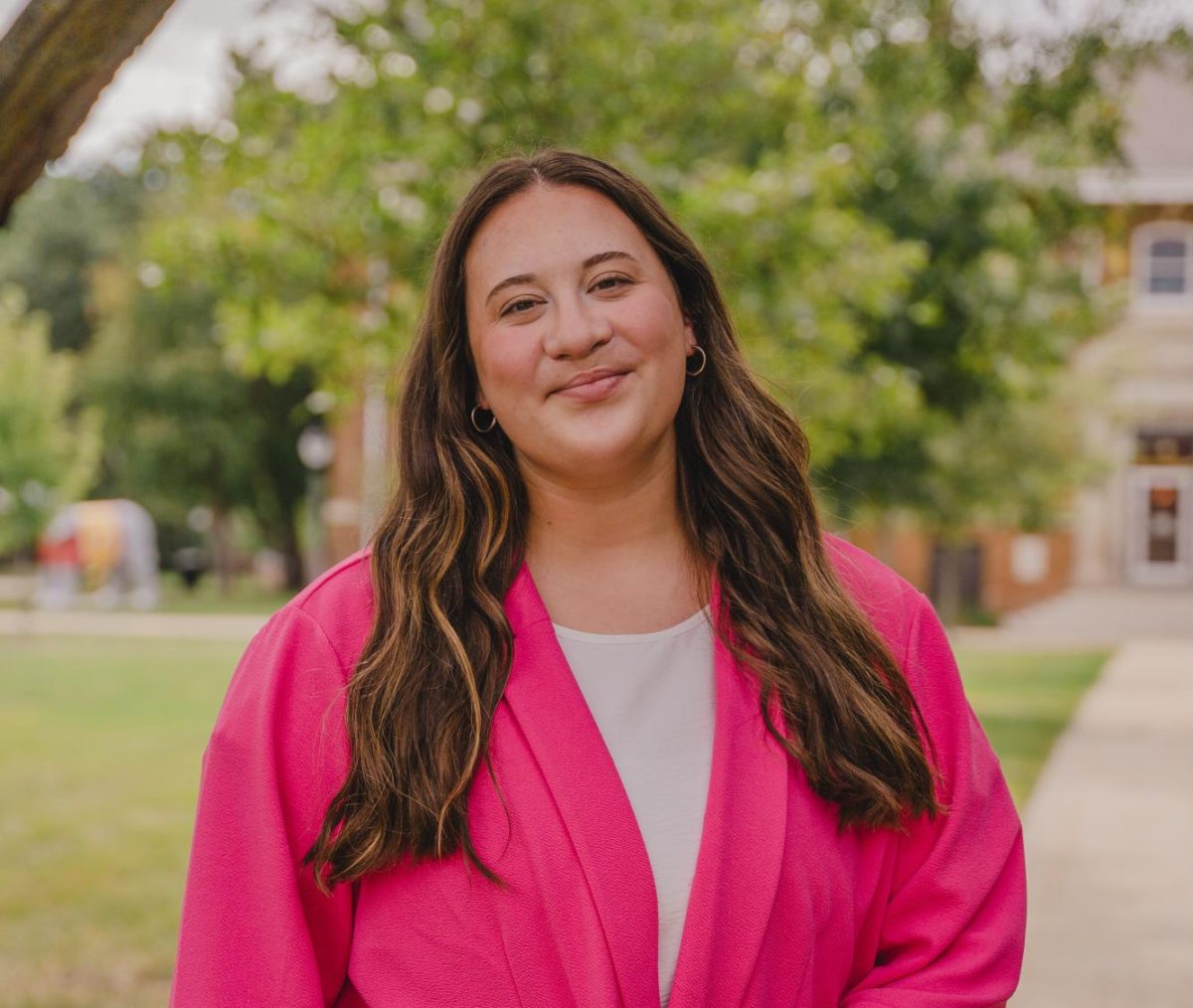Small college closings: What does it mean for Simpson College?
March 23, 2015
The sudden closing of Sweet Briar College, located about 12 miles north of Lynchburg, Va., “as a result of insurmountable financial challenges” is prompting new discussion for liberal arts schools across the nation.
The 114-year-old institution closes its doors with President James Jones Jr. citing the declining number of students enrolling in a private liberal arts college and the waning attractiveness of a single-sex education as the biggest reasons for being “financially unsustainable.”
Indeed, Simpson College, like Sweet Briar, is a small, rural, private liberal arts college. What are the implications for striving liberal arts institutions that the Association of American Colleges and Universities (AAC&U) finds to be a “minor educational enclave?”
In fact, the idea of a liberal arts education has certainly changed within the past 25 years. The AAC&U found in 1990, there were 212 institutions identified as liberals arts institutions; however, in 2012, that number dropped to 130, based on certain criteria.
Professor Mark Gammon, whose alma mater is Hampden–Sydney College, an all-men’s college, wrote in an email concerning the difficulties liberal arts colleges face:
“Generally, a liberal arts education prepares you for long-term success, a constantly changing job market, and creative innovation… it is tough to sell a single-sex college to an 18-year-old, especially when college is increasingly seen as a social experience. Sweet Briar was working with a very small student body (in the 600s), and at a certain point, it is really tough for a college to go on that way.”
Having special ties to the Virginia college, Gammon recounts his own college experience:
“Sweet Briar was a part of my own college experience. We dated their students. My college band played a gig there. I snuck into a dorm by climbing up a fire escape, after my friends talked our way past the guards at the gate. I even took a philosophy class that brought our men and their women together, jointly taught by professors from each college.”
He continues to write the unique aspect that Sweet Briar provided to its students:
“Their mission was an education tailored for women — it was feminist and empowering. When the decision was announced, one alumna tweeted out that because of Sweet Briar, she was empowered ‘to look mansplaining right in the eye and call (bull) on it. While wearing pearls. Like a boss.’ I don’t know about you, but I think the world is a better place with women like that in it.”
President of Simpson, Jay Simmons, says there have always been colleges opening and closing, much like any other business or organization.
“It is worrisome, it is a challenge,” he says, “but it is not unusual in the history of our education in the United States.”
He also points out that different schools have different situations.
“Sweet Briar is an institution with a $94 million endowment which is larger than ours ($85 million),” Simmons said. “But the important differences, I think, are these. One is Sweet Briar is in a more rural location than we are — we’ve got Des Moines in our backyard. The other piece that is important to note is that Sweet Briar, since its inception, has been a women’s college.”
He goes on to note the trends for enrollment in higher education to single-sex institutions over the past 25 years have made it more difficult and that Sweet Briar did not see an opportunity to revert these patterns by opening its doors to male students.
These contrasts, Simmons says, are large enough to distinguish Sweet Briar from Simpson, in that their situation is more explicable given these two major differences.
Concerning the financial state of Simpson, Simmons says, “Our basic financials are quite robust. When you look at our financial health ratios, the strength of our endowment, we are in the top third, nationally, for college endowments.”
He explains that the best insurance for the college’s future is a large, robust endowment because that is what keeps tuition costs down, and that there is a larger return off of that endowment. This helps fund the operations of the college.
“If you look at our most recent audit… we are in a very sound and overall position. It’s important to distinguish between operating budgets and overall financial health. We have our challenges like everybody else,” Simmons said.
Those challenges sometimes include not being able to fully fund a department or put money into a program, thus resulting in job cuts or budget cuts.
Because of Simpson’s proximity to Des Moines, the strength of its programs, the quality of the faculty and staff, the commitment of the Board of Trustees, Simmons says the future of Simpson College is very promising.





